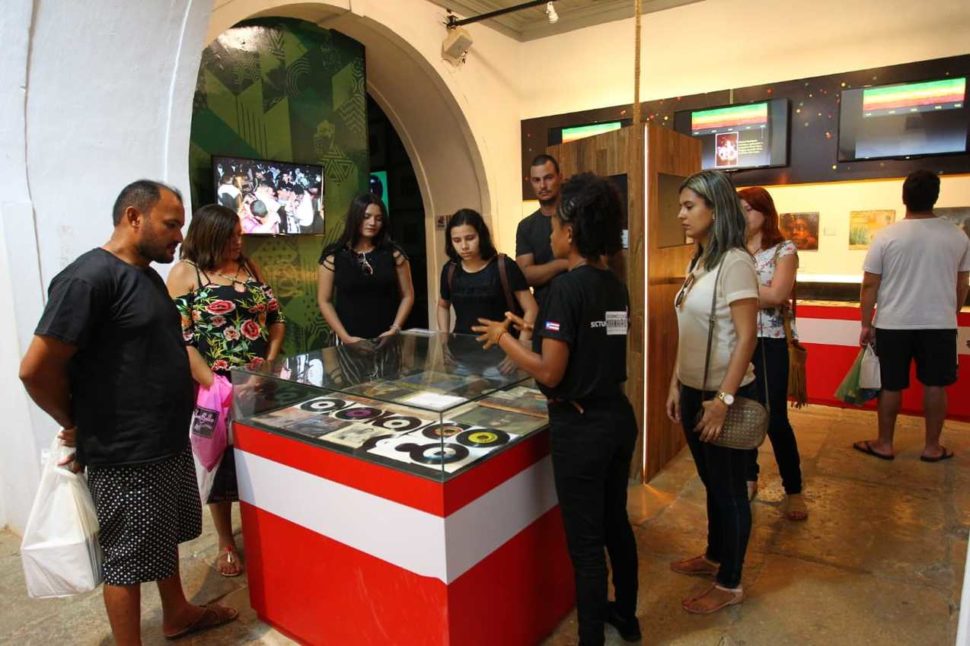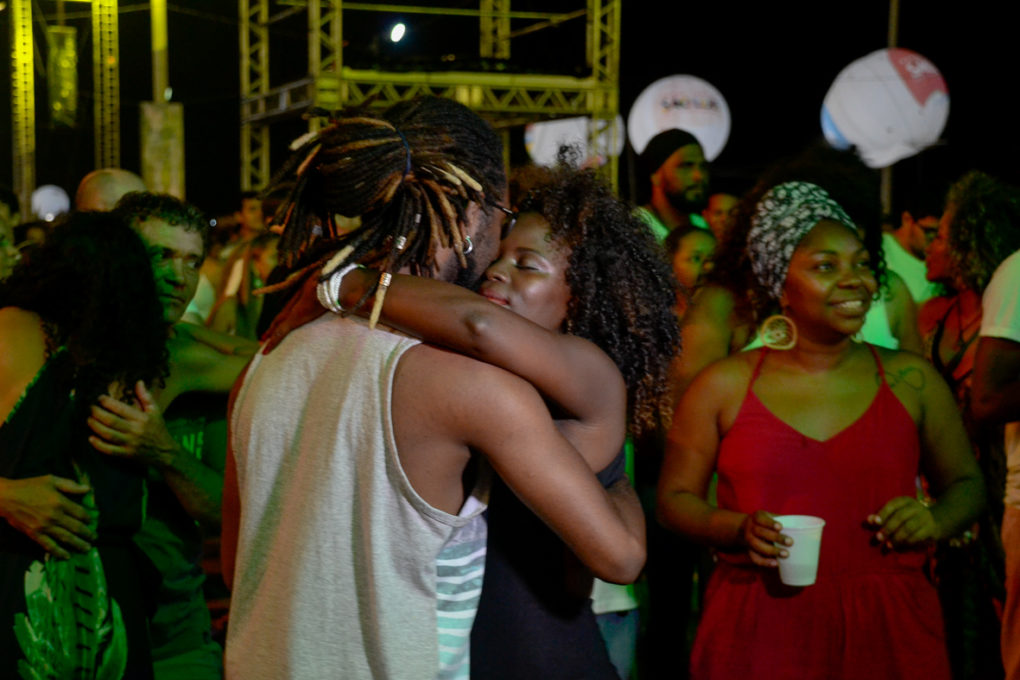Brazil is known for Samba and Bossa Nova; Hip-Hop and Rock music are also popular. However, in the city of São Luis, Maranhão, none of these music genres are as popular as Reggae. It is even considered Brazil’s reggae land.
In the city, located in Brazil’s northeastern region, the Jamaican music style rules in every corner. Several local reggae bands, radio stations, parties and festivals and even a museum are dedicated to Reggae.
There are a few theories that can explain this phenomenon. One of them is the number of Afro-descendents in São Luis, which is the second-Blackest city in Brazil, after Salvador. Its proximity to the Caribbean is another factor which explains the connection between São Luis and the Caribbean culture.
“Reggae music emerged in São Luis in the mid-1970s,” Carlos Benedito Rodrigues Da Silva, Anthropology Professor at Federal University of Maranhão, told Travel Noire. “It is possible to find several explanations for the strong identification of the population of São Luis with reggae. In the late 1960s, some city locals started to tune Caribbean stations. Through them, they found some cultural similarities as a result of their colonialist and slavery processes in both Jamaica and São Luís. Surely, similar cultural expressions would have been transplanted to these two regions in the forced African diaspora.”
Da Silva is an expert of São Luis culture and author of the book Da Terra das Primaveras para a Ilha do Amor: Reggae, Lazer e Identidade Cultural (From the Land of Springs to the Island of Love: Reggae, Leisure and Cultural Identity, Only available in Portuguese).
Since then, Reggae has become very popular among Black people in the ghettos of São Luis.
For him, reggae has become a very strong and legitimate vehicle for mobilizing and identifying the low-income Black population that has inhabited the city’s squatter settlements since the 1970s.
Before that, foreign music didn’t have much penetration in this region, especially from Europe or the US. The Merengue and Calypso, very popular music styles in the region, were imported from Guyana and other regions of the Caribbean. Those music styles ended up becoming a very cultivated rhythm in São Luis, establishing diverse exchanges and influencing new musical trends.

One of the important factors for the dissemination of reggae in São Luís is the existence of the so-called radiolas, sophisticated sound-systems. Operated by a DJ, the radiolas became popular to liven up parties in Black communities.
It was in 1975 that the pioneer Riba Macedo bought his first reggae records. And then, it started to appear at the parties.
“I played Jesse Green, Jimmy Cliff, Desmond Dekker, Toots and so on,” Macedo told to a local newspaper.
The scene that developed from there was mainly based on a taste for rhythm. The typical beat of Jamaican music, over-amplified and distributed among a growing number of loudspeakers, seduced the crowd at local parties. Also, they were also seduced by the reggae environment, as the reggae fans from the city identified themselves with the way Jamaicans were portrayed on records, with photos of life in the ghetto, marijuana, problems of Black people with the police and so on.
In the mid-1980s, radio stations realized the power of reggae among locals, and began to broadcast the music, increasing the number of fans.
“With reggae ruling all over São Luis, business-owners and even politicians began to use reggae for advertisements or political campaigns,” reveals Da Silva.
Today, Reggae is part of tourism in São Luis. International festivals are led by Jamaican reggae bands. Local parties, bars and local reggae bands are also part of this universe.

In 2018, the city’s government opened The Reggae Museum, the only museum of its kind outside Jamaica.
“This museum is an important site for promoting the value of reggae culture in São Luís. It becomes yet another strong and unprecedented tourist attraction that can contribute to a lot to the economy and even demystify the prejudiced conception built around reggae,” said Da Silva.
According to Reggae Museum director Ademar Danilo, the place attracted more than 50,000 visitors since 2018 .
“The Reggae Museum has a very positive tourist and cultural impact in the city,” he said in the official Maranhão government website.
The Museum of Reggae of Maranhão has five rooms. In the Hall of Immortals, the spaces were designed to honor the great names of reggae in history. In the other four venues, the reggae clubs of São Luís are honored: Pop Som Club, the Toque de Amor Club, the União do BF Club and the Espaço Aberto Club.
Because of the pandemic, all outdoor activities were suspended. But as soon as the city gets back to normal, the reggae music may rule São Luis’ streets once again.
